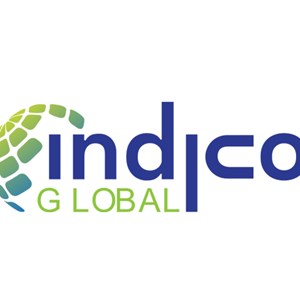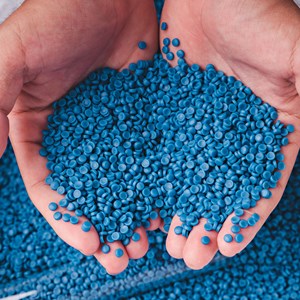From 23 to 30 September 2021, Europe celebrates the European Week of Sports. This year's theme highlights the power of physical activity to bring joy, build resilience and connect generations.
European standards have an important role in ensuring the safety of sports of all kind. As an example, for the Olympics 2020 five new sports were approved as official disciplines.
The European standardization committee CEN/TC 136 ‘Sports playground and other recreational facilities and equipment’ (whose Secretariat is held by DIN) is responsible for standards regarding three out of these five sports or their related equipment:
This standard specifies requirements and test methods for non-motorised skateboards which are supplied for use by one rider at a time. The skateboards covered by this standard are graded by performance criteria for different categories of body weight.
This standard primarily targets planners, manufacturers, constructors, public authorities, operators, technical experts and inspectors of skate elements and/or skateparks.
The purpose of this European Standard is to specify the safety requirements, which to a large extent protect users and third parties (e.g., spectators) from hazards.
The use of skateparks relates to sporting risks. Sporting skills and the use of suitable roller sports equipment in combination with appropriate protective equipment essentially reduces the risk of accident. Not all possible forms of design, combinations, materials and/or structural elements of skateparks and/or skate elements are specified within this European Standard, as they are constantly developing. Skateparks are often characterised by interconnected flowing rolling surfaces and elements.
This document applies to skateparks for public use intended for the use of skateboards, other roller sports equipment and BMX bikes. It specifies safety requirements and requirements for testing and marking, information supplied by the manufacturer, information for users, as well as for inspection and maintenance to protect users and third parties (e.g. spectators) from hazards, as far as possible, when using a skate park as intended, or as can be reasonably expected.
Sport climbing make its Olympic debut at Tokyo 2020, and its popularity is scaling up across people of all ages. There are over 25 million climbers in around 150 countries all over the world. Using a range of hand and foot holds of different shapes and sizes, climbers put their skills and strength into practice on a vertical wall. CEN/TC 136 developed this European Standard, that specifies the safety requirements and test methods for these vertical walls, called ‘artificial climbing structures’ with protection points used for sport climbing.
Especially in the field of climbing, several other safety related (product) standards are published depending on the different climbing disciplines or belaying types: Ropes, braking devices, anchors, harnesses are important topics in the field of standardization of CEN/TC 136.
In 2024, kite boarding will also be adopted as Olympic discipline. Also for this topic, CEN/TC 136 offers a related standard, which is not only restricted to the European market but is of international relevance, as it is published as an EN ISO standard:
In the last two decades, kite boarding/kite surfing has transformed from a marginal sport to a popular one, performed by people of varying age groups and physiological condition levels. However, it cannot be neglected that kite boarding is still considered as an "extreme sport" due to risks associated with speed, water and nature. If a sudden situation cannot be controlled by the user, the release system will be the component which would most likely prevent emergencies, incidents, further injuries, or death.
This document has been developed in connection with the Global Kitesports Association (GKA) and other stakeholders, such as trainers/instructors, test houses, universities, and other manufacturers. The aim of this document is to lower the risks associated with the sport for users and others.
When developing this standards, requirements and test methods have been considered that resemble as closely as possible situations occurring and conditions present while performing the sport. One of the aspects was related to salt water. Tests conducted for validating the test methods have shown that using salt water or non-salted water has no effect on the test results. In order to keep the test method as simple as possible, it was seen more practical for the test to use non-salted water. In contrast to salt water, sand has shown to have prominent effect on the function of the components and consequently the test results.
EN ISO 21853:2020 specifies the minimum safety requirement and test methods for a release system that reduces the pulling force of the kite and disconnects the user from the kite, and is applicable for release systems, used for the sport of kite boarding, which are operated intentionally by the user or another person.
Join the conversation on the European Week of Sport, through the hashtags #BeActive and #HealthyLifestyle4All.

Claire DALIER
cdalier@cencenelec.eu



